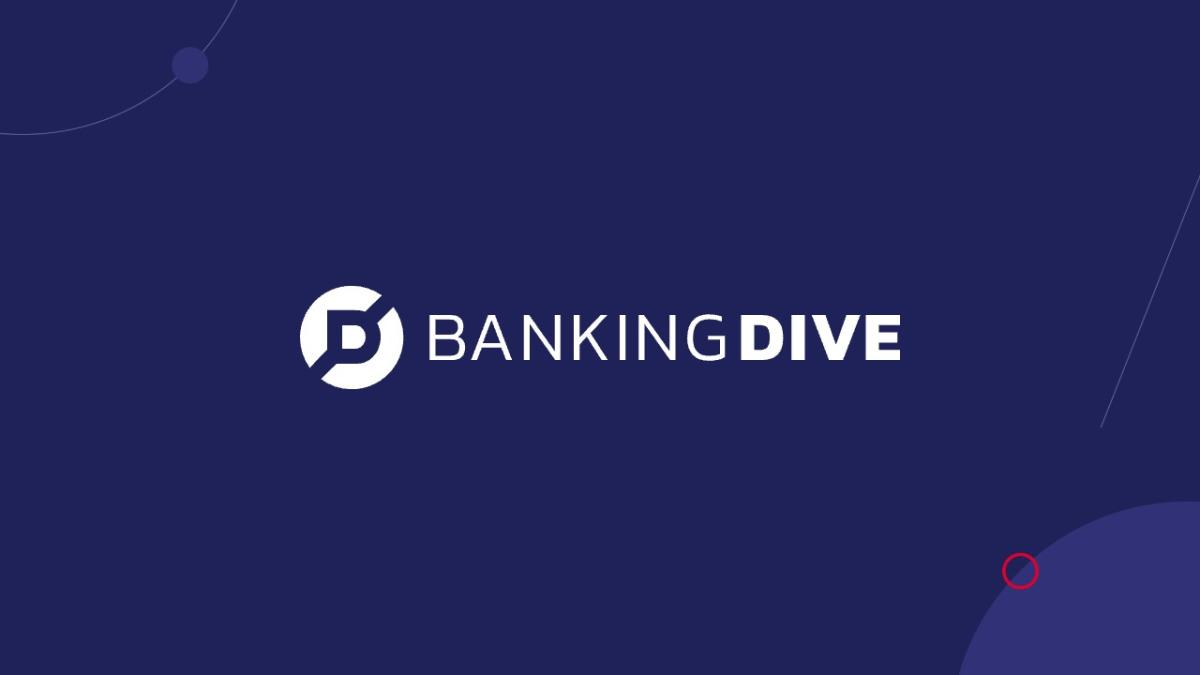I recently talked to a Working It podcast guest who convinced me that we need nothing less than a shake up of organisational structures in order to make corporate culture fit the future, not the past. This shake-up would involve reimagining the role of human resources professionals, as well as embedding diversity, equity and inclusion objectives into everything we do in the workplace via “culture officers” who sit with other staff, rather than being siphoned off into an HR or DEI silo.
The convincing guest was Jamie Fiore Higgins, author of Bully Market, her eye-opening memoir of nearly two decades working at Goldman Sachs in New York, during which she rose to become a senior manager. (If I also tell you she had four children while doing that, in an environment one could scarcely describe as inclusive for mothers, you see how remarkable she is.)
There was, as Jamie told me, a dichotomy between the stated “diverse and inclusive” values of the company and the “manager’s culture” that dictated what really goes on in teams. Jamie, for example, says she was pinned against the wall by an underling who told her he wanted to “rip [her] fucking face off.” A manager told her that he would not be getting rid of the man, and warned: “Imagine what your life will be like after you report him to human resources.” She didn’t.
Jamie’s experience led her to come up with universal solutions that would improve workplaces and accountability: Put those “culture officers” on the office floor, embedded among teams. And make HR an independent — or even independently-run, external, function.
So my question is: What is the point of HR now? How can it operate effectively? And are there already independent HR departments in some organisations? Let us know in the comments below or write to us at workingit@ft.com. We will be covering this topic — and hearing from Jamie — on a future episode of the podcast.
Sophia is away this week, so read on for more from me on the trust deficit in hybrid workplaces — and how to overcome it. (Isabel Berwick)
PS Join us on October 19 for our online event Future of Work: Rethinking the digital workplace. We’ll bring together technology experts, innovators and leaders in IT to discuss the ways businesses must approach digitisation. Register here. Newsletter readers can get a 30 per cent discount using the code WorkingIt.
Trust is still a scarce commodity in hybrid workplaces
Trust is in short supply among leaders of hybrid workplaces, according to the recently published Microsoft Work Trends Index. This is a huge survey, and one that workplace experts look out for: It’s based on information from more than 20,000 people in 11 countries, as well as what the company describes as “trillions” of data points from Microsoft 365 users, alongside other data sources such as LinkedIn.
The most startling takeaway is that most employees (87 per cent) think they are productive at work. Meanwhile only 12 per cent of leaders say that “they have full confidence that their team is being productive”. The survey authors point out that some companies track worker activity using technology — but that is not the same as tracking impact.
While the use of tracking and surveillance software has rocketed since the start of the pandemic, there hasn’t been a larger debate about what we want workplace productivity to look like. As academic and trust expert Rachel Botsman points out, “ultimately, workplace surveillance is a trust issue. Digital monitoring is an extreme form of micromanagement.”
Overall, the survey highlights that there is a creeping “productivity paranoia” among leaders. Microsoft offers practical tips for leaders to help overcome this. These include solving problems with clarity, making effective use of feedback and setting goals (or objectives and key results, OKRs) so that employees’ work is aligned with wider corporate goals.
Face to face interaction can help reduce this paranoia among leaders. The office can have an important anchoring role here in the developing dynamics of hybrid work. Well-planned workspaces attract talent, and offer “collaboration and innovation, through both planned meetings and spontaneous interactions,” according to Andy Poppink, markets CEO for Emea at JLL, the global commercial real estate company.
But the trust gap between leaders and staff persists, even as we get more accustomed to hybrid work. According to Heidi K. Gardner, a distinguished fellow at Harvard Law School and author of a new book, Smarter Collaboration, the key to change may be for both staff and leaders to be clearer in their communication.
“Employees have an important role to play by sending clear and consistent signals that they can be trusted,” she says. “Last week one of my employees emailed me that she needed to go to the dentist in the afternoon, so she offered to log on an hour early that morning to make up the time. That kind of openness goes a long way toward building trust.”
Meanwhile, on the leaders’ side, Heidi endorses the need for clarity on what teams are supposed to deliver, and adds: “Highly engaged people don’t need to be monitored. They need to be challenged, coached and recognised.”
Do you consider trust to be an issue in your workplace? Tell us in our poll.
Listen in: How to get on with anyone at work
This week, the Working It podcast offers practical advice on dealing with difficult colleagues. My FT colleague Taylor Nicole Rogers guest hosts, and interviews Amy Gallo, author of Getting Along: How to Work with Anyone, Even Difficult People. Taylor, Amy and FT investment reporter Madison Darbyshire talk about how to deal with some of the archetypes you will encounter during your career — my own least favourite is the “insecure boss” — micromanagers who try to control everything their teams do. Check out this story from Amy in the Harvard Business Review for more on this topic.
Next week, we have a very special episode (with thanks to our assistant producer Amalie Sortland, who has spent months setting it up). We’ll hear from some of the very biggest of the world’s business and career podcasters, including Steven Bartlett, host of Europe’s number one business podcast, The Diary of a CEO. I’ve asked them for their predictions for workplace trends in 2023 and beyond, and they’ll give Working It listeners their takes on what has permanently changed in our relationship to work since the pandemic.
Elsewhere in the world of work:
-
Bullying at work: Should employers be doing more to prevent bullying at work?This deep dive into why it happens and what managers can do about it is written by Alicia Clegg, who specialises in workplace issues such as bullying, whistleblowing and discrimination cases.
-
Karaoke with the boss: A witty guide from the FT’s Tokyo-based Leo Lewis, covering the practical points and workplace etiquette of taking your boss out for a night of singing and drinking. Key tip: Learn the biggest hits from the decades of your CEO’s youth.
-
The business card is back — digitally: Pilita Clark delves into what has become of the business card. People are swapping them again at conferences, but QR codes are gaining ground.
-
How to say no at work (and at home): I weighed in on my fascination with the fashionable concept of boundary-setting. It can help you manage your workload — but you’ll need to tread carefully with your superiors.
-
Why you should eat your own dogfood: Outgoing Mars CEO Grant Reid gives a great exit interview to Andrew Edgecliffe-Johnson, including the dogfood bit (he liked its Cesar brand best).
A word from the Working It community:
Last week, we asked you: “How should a CEO be?” So much has changed in recent years, and global uncertainty has left some founders and senior executives with an identity crisis, struggling to find a leadership path that is effective for these disrupted times.
We had some great responses, including from LinkedIn’s managing director for Emea and Latin America, Josh Graff. He says:
In good times — but notably during moments of uncertainty — clear, consistent and frequent communication is one of the most important skills for any CEO or senior leader.
In order to maintain trust, leaders must be honest and transparent about the reality of what lies ahead, whilst staying focused and providing employees with clarity on short-term business priorities and how they contribute to the longer-term mission and vision of the company.
Octavius Black, CEO and co-founder of MindGym, an organisational change and leadership training company that uses behavioural science principles, says:
A CEO should be present and curious. The peak tenure for a CEO is 5.7 years. To be an outlier, seek views from people you don’t normally come across, read books that challenge your thinking, listen to everyone and rely completely on no one. Most important of all: never stop learning.
Responses have been edited for length and clarity.
Source: ft.com







